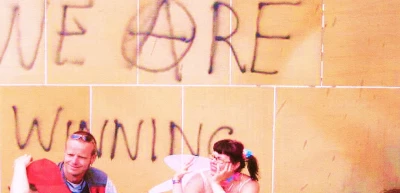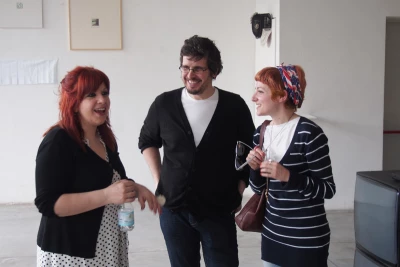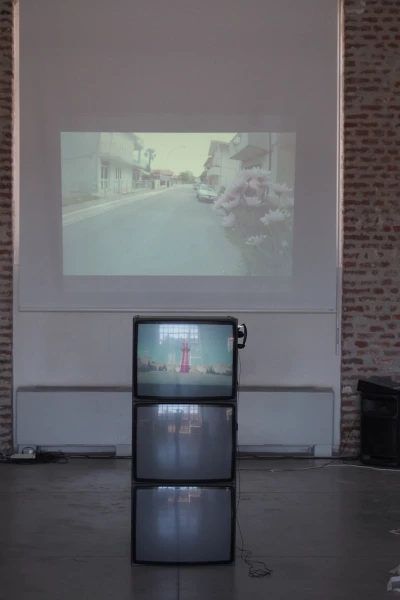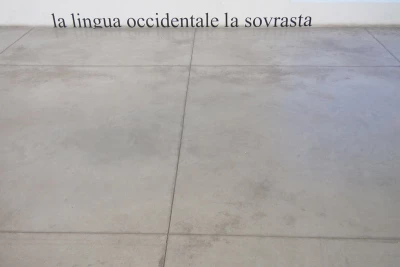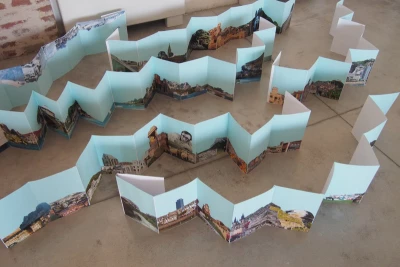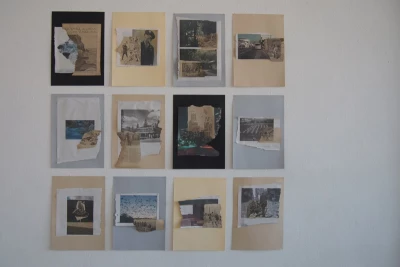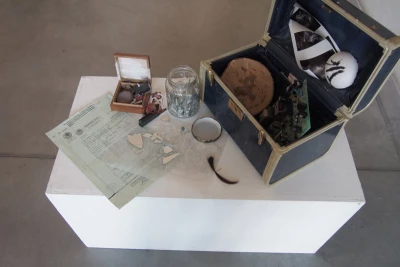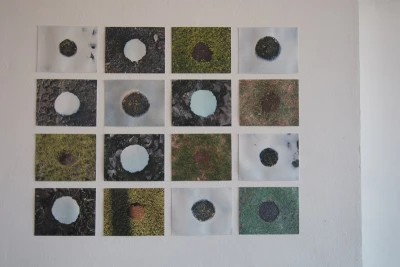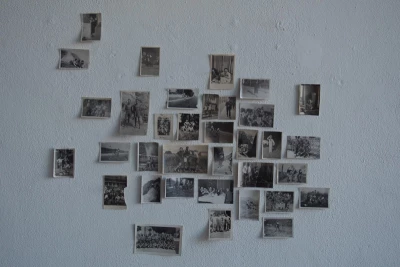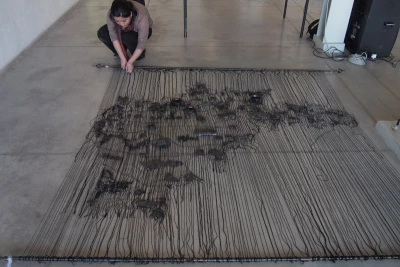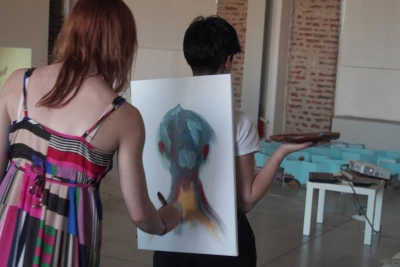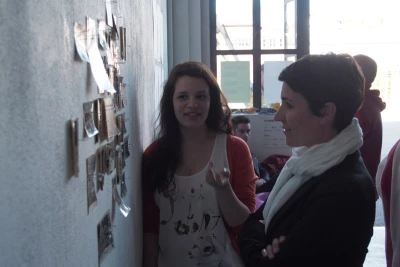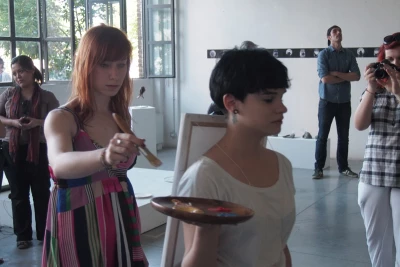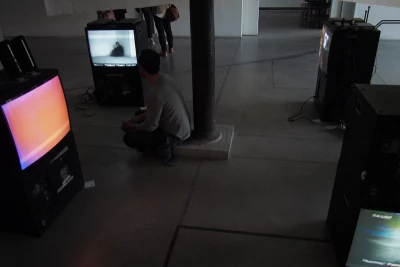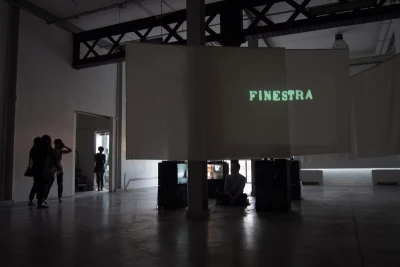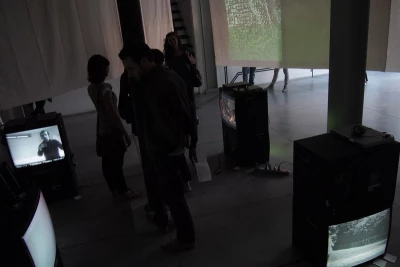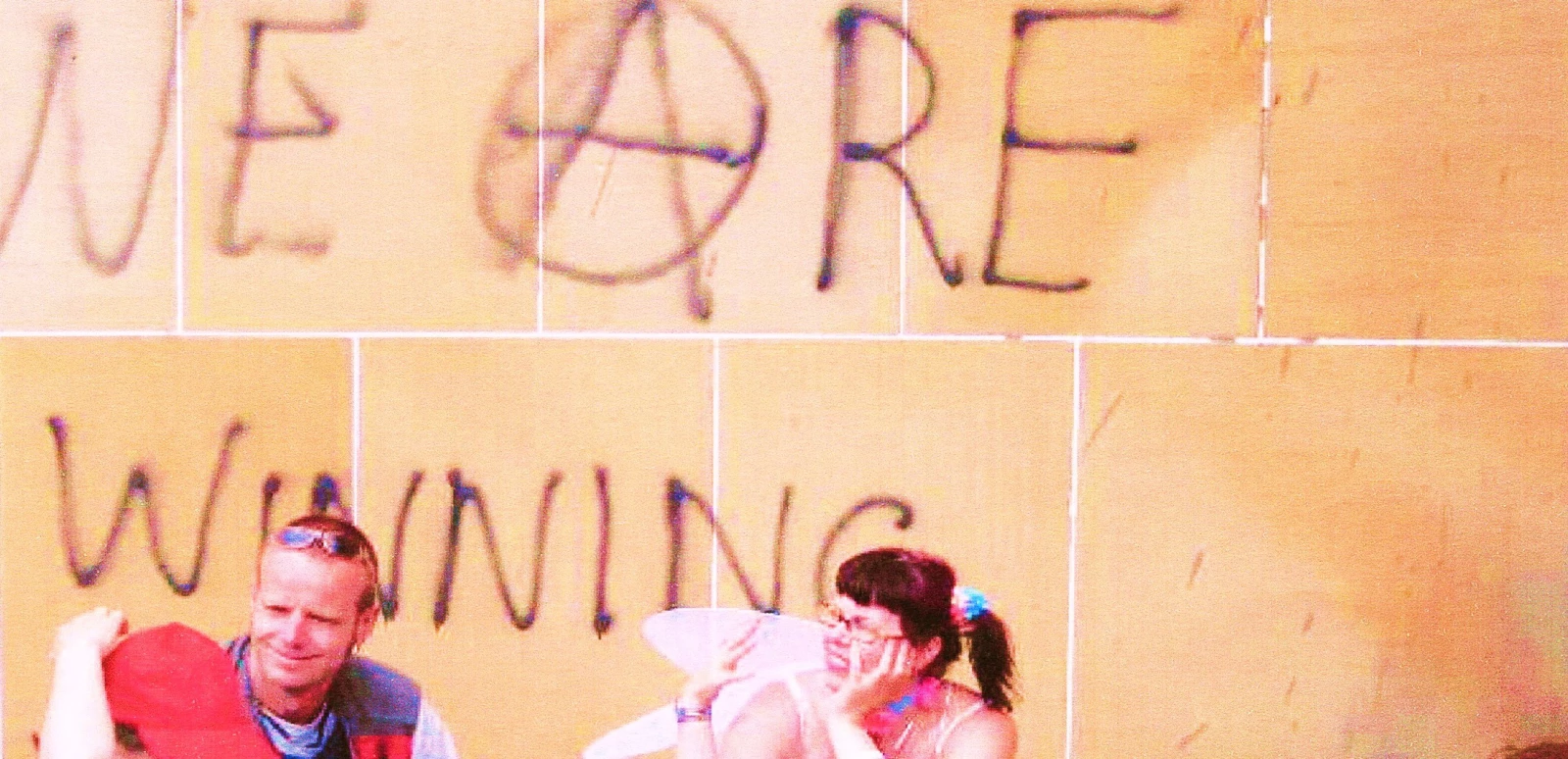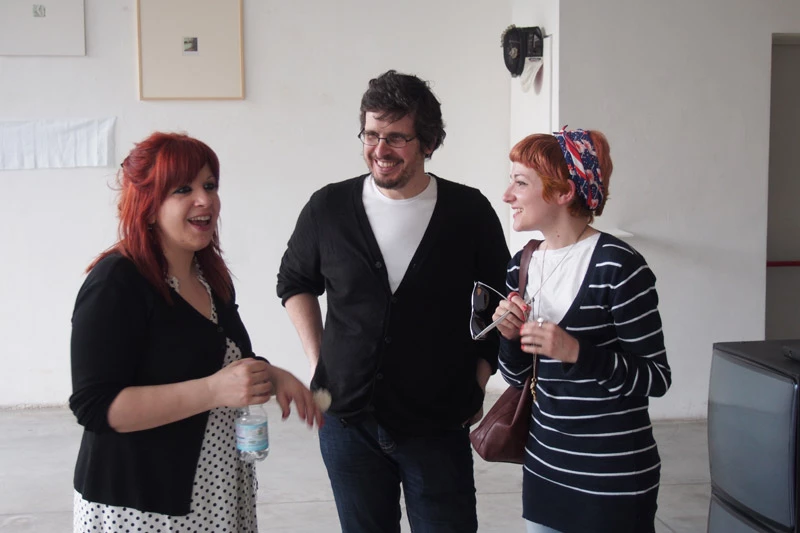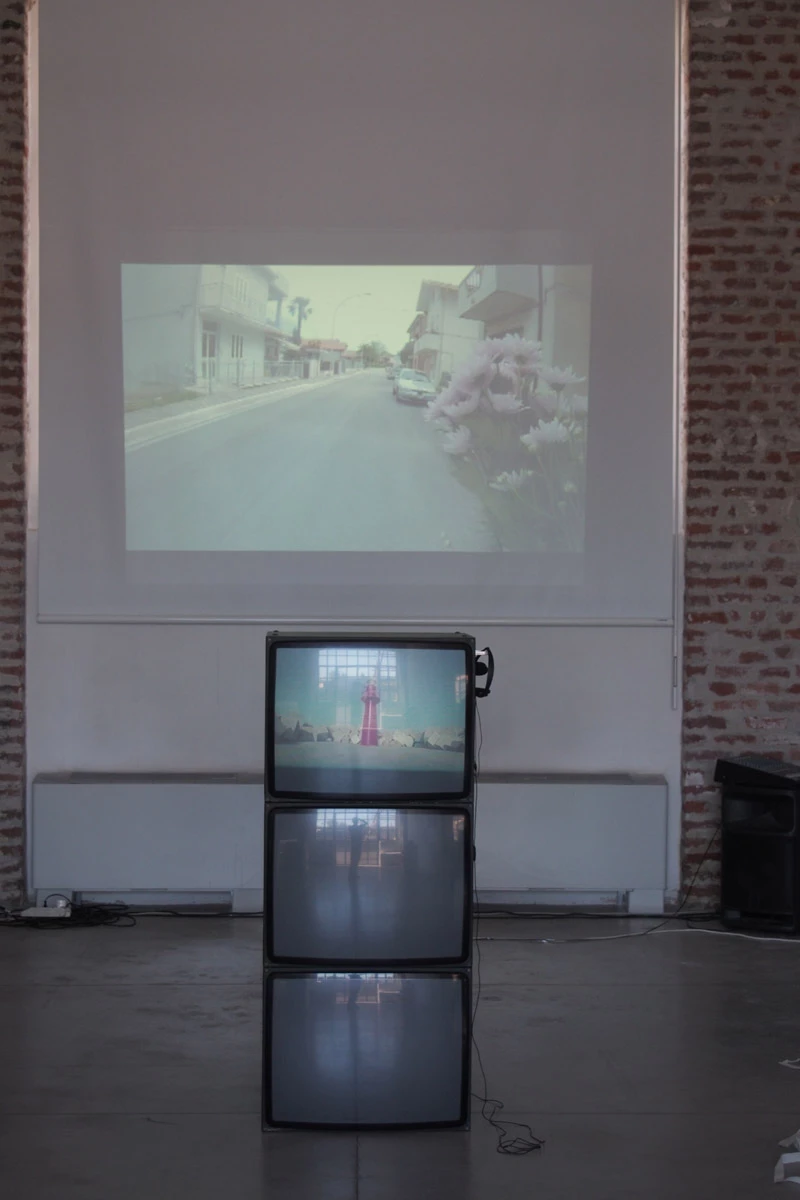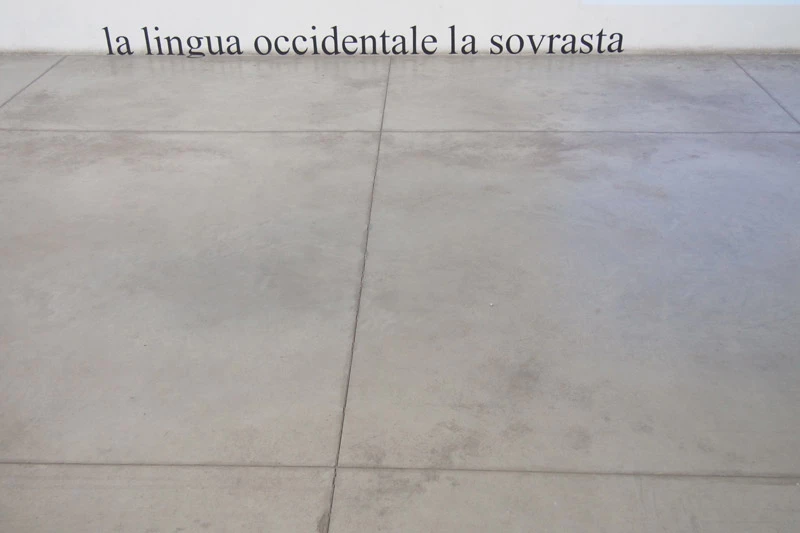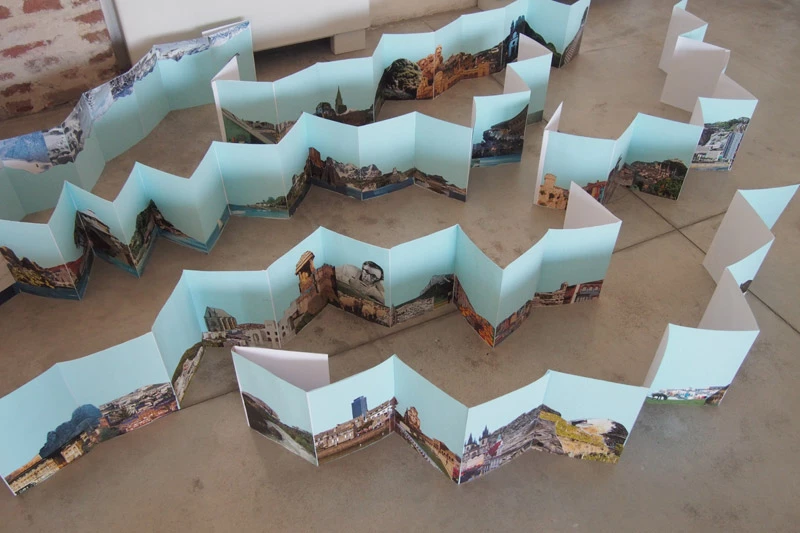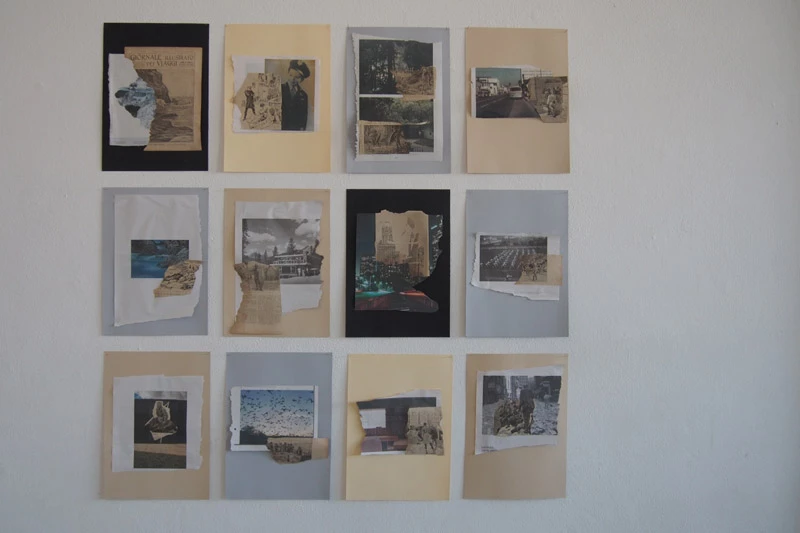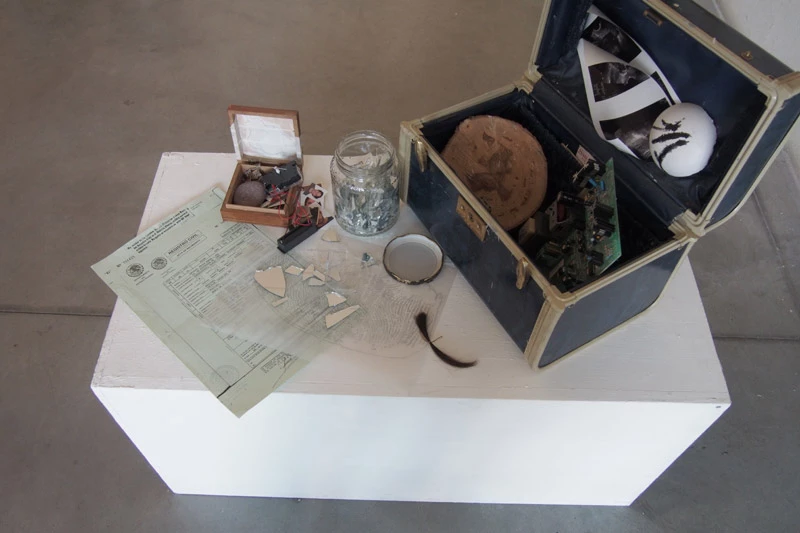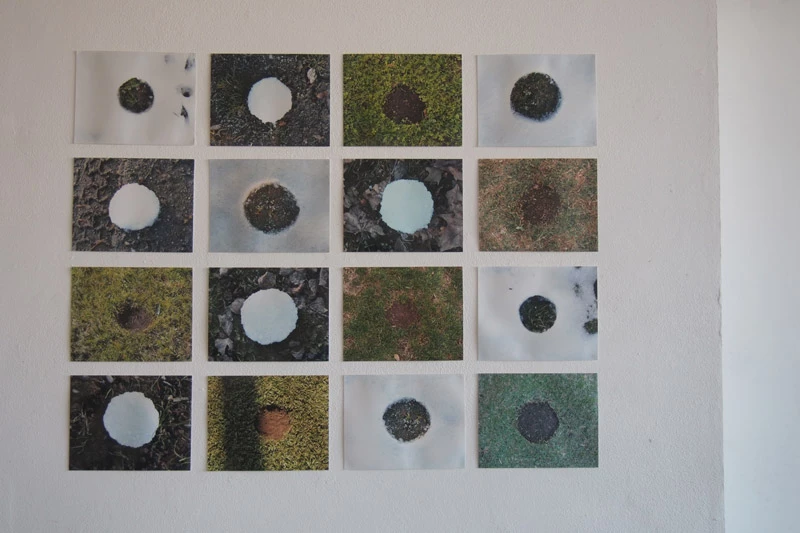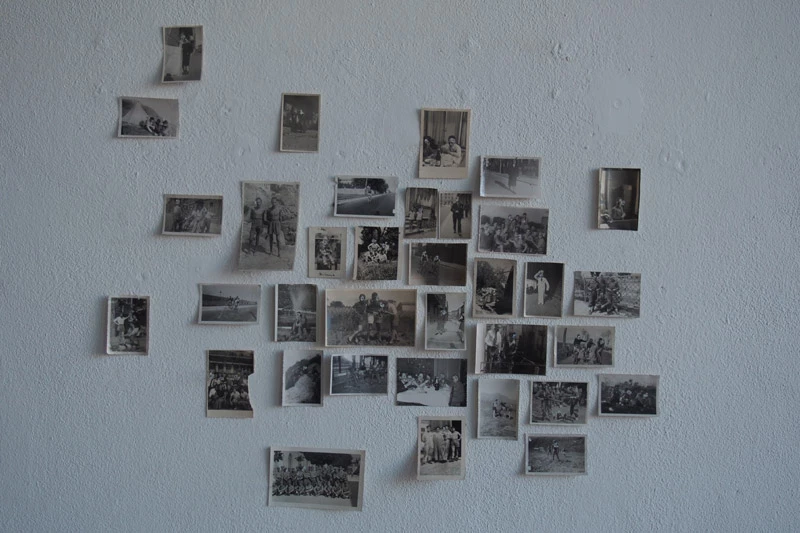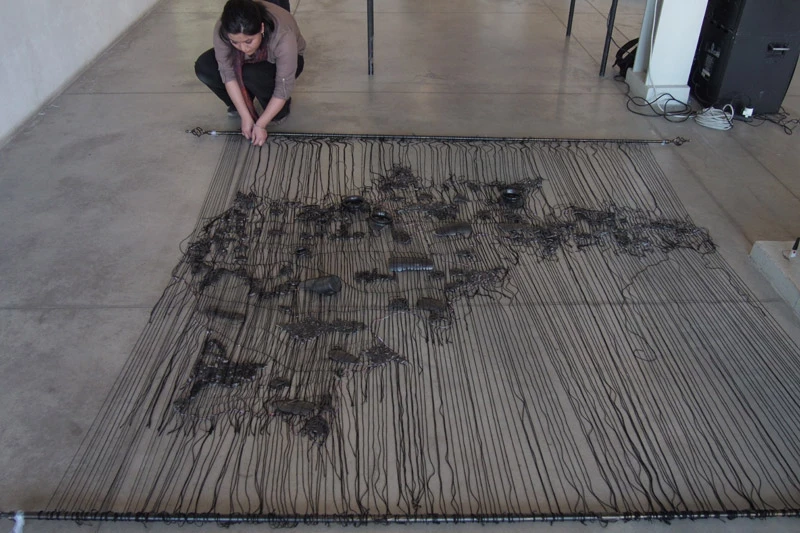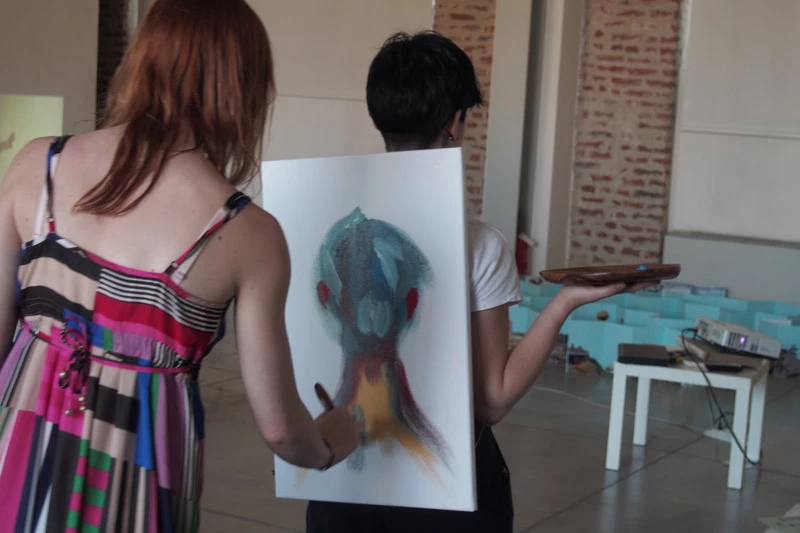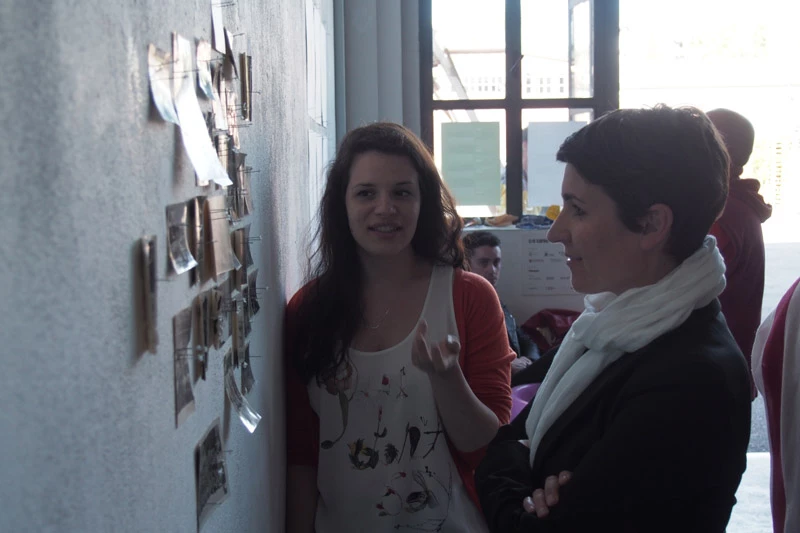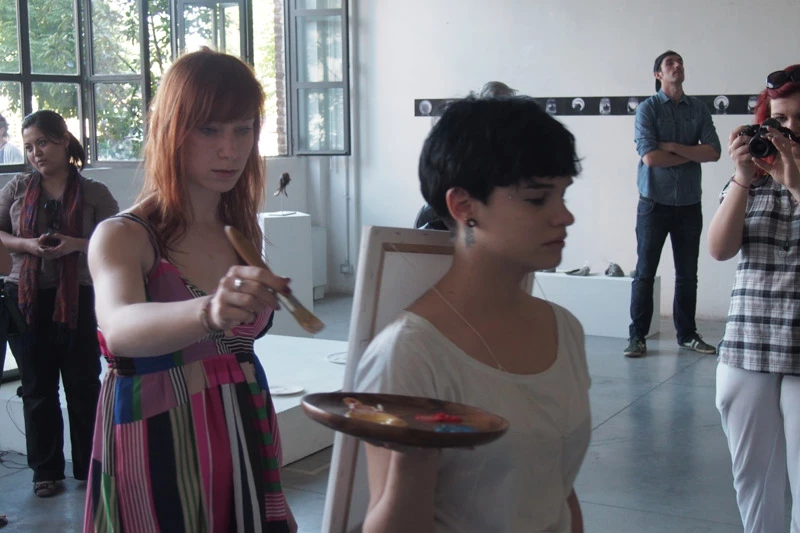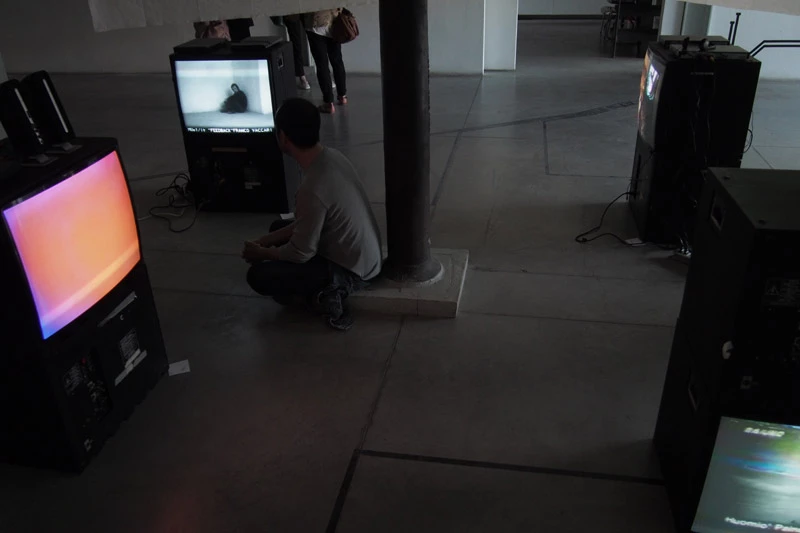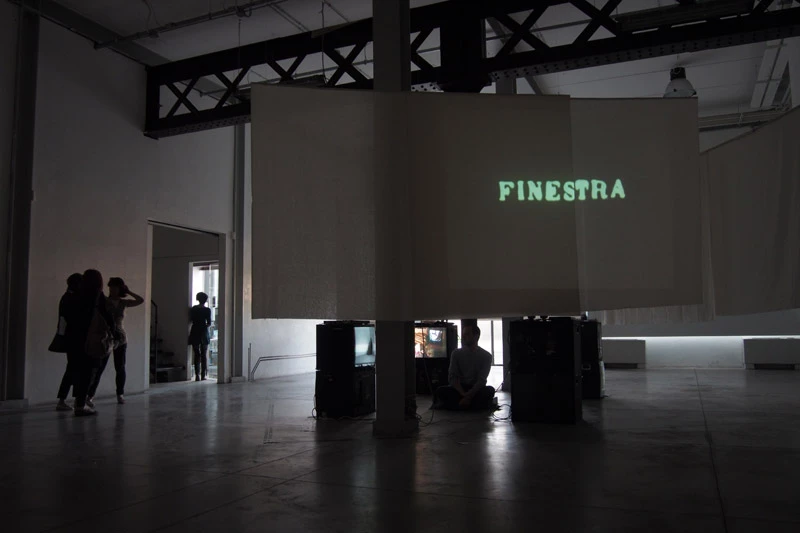One remembers a part of what one saw and forgets the rest
The discursive spaces of contemporary art are fully absorbed within the processes of artistic production and formation, in a continuous disciplinary overcoming of the distinction between theory and practice, practice and the formation of subjectivity, knowledge and understanding. Studio visits, public conversations, readings, performances, etc. demonstrate how important it is today for artists to be able to re-imagine different places of critical interaction compared to those imposed by the system.
The workshop curated by Elvira Vannini was created in response to Careof’s invitation to consider the exhibition space as an extension of the academy classroom. Based on different exhibition timings, it represents the starting point to overturn the idea of a static and orderly format, starting from different conditions of production and in favor of an exhibition that changes, follows the next one, triggers retroactive effects and, while changing, preserves the time of the previous one.
One Remembers a part of what one saw and forgets the rest is realized in collaboration with the students of the Three-Year Course in Painting and Visual Arts and the Two-Year Specialized Course in Visual Arts and Curatorial Studies, from the Department of Visual, Performing and Multimedia Arts, directed by Marco Scotini, NABA - Nuova Accademia di Belle Arti Milano.
The project develops as a display in progress that embraces uncertainty and unpredictability as a process of sedimentation of works, ideas, and information. Following a sequence of educational and exhibition appointments, involving artists, curators, and NABA faculty, it is structured through workshops, lessons, performative exercises, open studios, and moments of review on ongoing research paths.
With the contribution of Comune di Milano and Fondazione Cariplo
Program
Tuesday, May 7
2:00 PM Open Studio Visit #1 [exhibition and collective studio visit with curators].
5:00 PM Meeting with Andris Brinkmanis.
6:30 PM Et maintenant, baissons la voix et prudence! [Reading curated by Caterina Iaquinta with Martina Brembati, Giulia Ferrarese, Cécile Gentili, Cecilie Hjelvik Andersen, Giulia Maiorano, Alessandra Piga].
As Mary Wigman writes, in dance the first stage of measuring space occurs within the internal dimension of our body, in a formula that is not universal but localized and changeable. The six voices presented in this reading draw from excerpts of diaries, interviews, speeches of some 20th-century female authors and artists, as well as personal and autograph texts, reactivating reflections on the different declinations that space can assume within the dimension of female thought.
Friday, May 10
2:00 PM Open Studio Visit #2 [exhibition and collective studio visit with curators].
6:00 PM Performances; followed by an event curated by Stefano Boccalini and Angelo Sarleti with ingredients suggested by the students.
Monday, May 13
2:00 PM Open Studio Visit #3 [exhibition and collective studio visit with curators].
5:00 PM Drawing as Fighting [workshop by Marco Bongiorni with intervention by Alberto Bettinetti - featuring Chiara Balsamo].
“Boxing: the sport or practice of fighting with the fists, especially with padded gloves in a roped square ring according to prescribed rules”: a hypothesis comparing the attitude of the drawer with that of the fighter. The two disciplines seem to share their roots in the concept of the ‘here and now’ and the ‘flow theory’ of Mihály Csíkszentmihályi: both activities develop around a series of spatial, temporal, perceptual, and even linguistic constraints. The workshop is structured in a series of artistic and experiential exercises freely drawn from the world of boxing, with the participation of two boxers.
Tuesday, May 14
6:00 PM It is not the camera but the filing cabinet [display of the Archivio Video Careof curated by Chiara Balsamo, Lilia Di Bella, Elena Malara, Giulia Mengozzi, Marco Ornella, Giulia Polenta, Jacopo Rinaldi, Gaia Valentino, coordinated by Céline Condorelli].
The video is analyzed from its medial nature both as a metalinguistic form and in its content. The installation activates the archive, externalizes it, and, opening it to different levels of fruition, plays with its founding elements. The display transforms inside the monitor into a flexible form where the temporality of the medium, its physical structure, and its languages are renegotiated and reinvented at the very moment of its exhibition.
May 21 - 25
The project continues in the Video Room with Daydream Factory by Peter Friedl, produced in collaboration with the second-year students of the Two-Year Course in Visual Arts and Curatorial Studies at NABA.
What is a ‘daydream’? When does it happen in our existence? What does it really mean? Daydream Factory intends to be a collection of material concerning daydreaming, through which to develop a new a-methodology of thought and formulation of ideas. A collage of daydreams transformed into video form, presented in their complexity and within a single discourse. Like a gaze through the pinhole of a camera obscura where the darkness of the dream turns into lucidity of vision.
Bio
NABA Nuova Accademia di Belle Arti Milano is an Academy for training in art and design: it is the largest private academy in Italy and the first to have obtained, in 1980, official recognition from the Ministry of Education, University and Research (MIUR). It offers first- and second-level courses in design, fashion design, graphics, multimedia arts, visual arts, and scenography, awarding academic diplomas equivalent to university degrees. Founded as a private initiative in Milan in 1980 by Ausonio Zappa, Guido Ballo, and Gianni Colombo, it has always aimed to challenge the rigidity of academic tradition and to introduce visions and languages closer to contemporary artistic practices and the art and creative professions system. Since 2009, NABA has been part of Laureate International Universities, an international network of more than 65 accredited institutions in 29 countries offering first- and second-level degree courses to 750,000 students worldwide.
